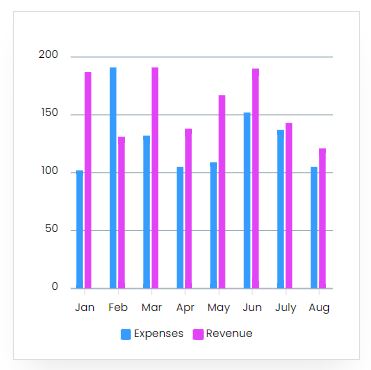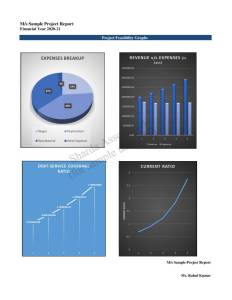Project Report For Tamarind Powder
Introduction
Project report for Tamarind powder is as follows.
Tamarind powder is created by dehydrating and grinding tamarind. The taste is more concentrated and intensely sweet and sour than fresh tamarind. While tamarind is native to tropical Africa, it has long been used in Indian cooking and has become deeply ingrained in their culture.
Tamarind is a native to tropical Africa and is a species of leguminous tree with edible fruit. Tamarindus is a monotypic genus, meaning that it only has one species of plant. Tandoori trees (also known as tamarind trees) produce brown, pod-like fruits with a sweet, acidic pulp that can be used in a variety of worldwide recipes. The pulp is also used in traditional medicine, as a cleaner, and to polish metal.
The tree’s seeds can be used to make tamarind seed oil, while the wood of the tree can be utilized for carpentry. In Indian and Filipino cooking, the tamarind tree’s tender young leaves are used. Tamarind is cultivated all over the world in tropical and subtropical climate zones due to its many uses. Tamarind is ground and then dried using a spray drying method to get tamarind powder.
Project Report Sample Of Tamarind Powder
Get Completely Custom Bankable Project Report
In many different cuisines, tamarind powder is used as a condiment and a souring agent. Tamarind powder can be used to flavour smoothies, dry herbs & spices, barbecue sauces, marinades, and more.
One-of-a-kind dry rubs are available. In addition to being grown commercially in orchards that resemble plantations, tamarind trees are frequently seen in gardens and along the borders of roadways.
India is the only nation that commercially cultivates tamarind. The production of tamarind in India is largely exported to West Asia, Europe, and North America, where it is used to create specialty foods like Worcestershire sauce.
Market Potential Of Tamarind Powder
According to the study, the Tamarind market is estimated to increase at a CAGR of 5.8% during the forecast period. The market value is expected to rise from USD 926.9 million in 2022 to USD 1628.9 million by 2032.
Expenses

Product Cost Breakup

Reveneue Vs Expenses

Market Trend

The shift in customer tastes favors natural preservatives over chemicals such as lactic acid and benzoic acid, which has boosted demand for tamarind extract. The cosmetic and personal care sector is also a major driver of demand for tamarind products due to its application in health enhancement.
Tamarind extracts are a good source of vitamin C for the skin and can help prevent cancer. Because of its medicinal benefits and lower risk of adverse effects, tamarind extract is a preferred component among vendors in the food, beverage, medical, and cosmetic industries.
Because of its antibacterial, antiseptic, and antifungal characteristics, tamarind extract is often utilized as a natural preservative. The positive outlook for the food and beverage markets is fuelling demand for tamarind extract products.





